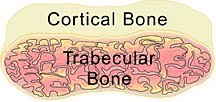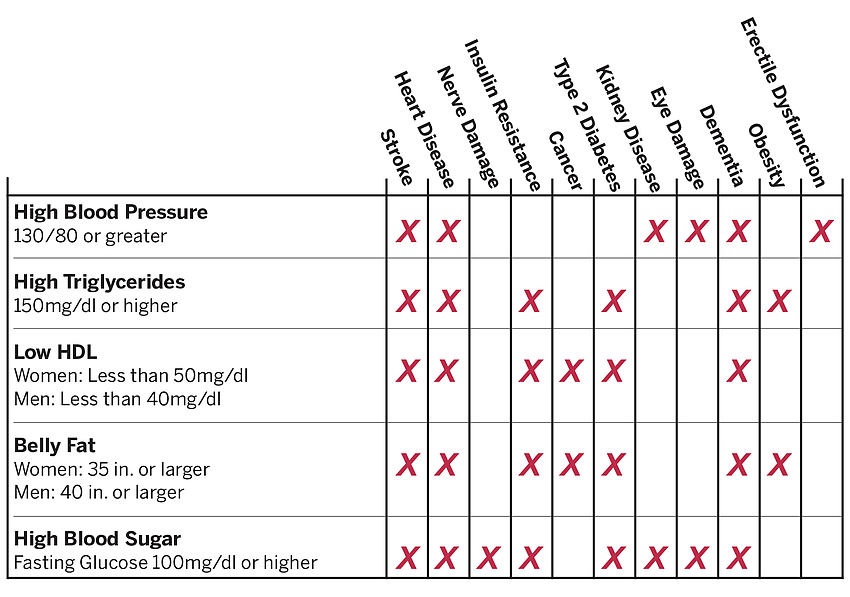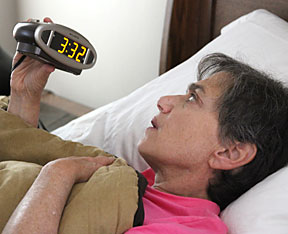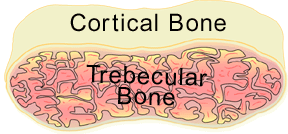f you have to use the semaglutide medicines for weight loss, you still need exercise and a balanced diet.
-
 Semaglutide is prescription drug injection that was developed under the brand name Ozempic to help people with Type 2 diabetes regulate their blood sugar levels. It belongs to a class of drugs called glucagon-like peptide-1 analogs, or GLP-1s. Besides helping the pancreas make insulin, it alters your metabolism and curbs your appetite. People on it lost a significant amount of weight. So weight management doctors started prescribing it for weight loss.
Semaglutide is prescription drug injection that was developed under the brand name Ozempic to help people with Type 2 diabetes regulate their blood sugar levels. It belongs to a class of drugs called glucagon-like peptide-1 analogs, or GLP-1s. Besides helping the pancreas make insulin, it alters your metabolism and curbs your appetite. People on it lost a significant amount of weight. So weight management doctors started prescribing it for weight loss.
Soon, other brand names arrived. They include Wegovy, Zepbound, and Mounjaro. Wegovy is semaglutide like Ozempic. It’s made by the same company. But Wegovy contains a higher GLP-1 dosage and specifically approved for weight loss. Ozempic is only approved for people with Type 2 diabetes. Zepbound and Mounjaro are Tirzepatide drugs. Tirzepatide adds another ingredient that targets GLP-1 and GIP receptors. It offers improved blood sugar control and appears to be better for weight loss. Currently, Mounjaro is not approved for weight loss, but Zepbound is. Your doctor will determine whether your body mass index and other health factors qualify you to be on this type of drug. They can be expensive when not covered by insurance.
 The Mediterranean-style diet offers a variety of delicious natural foods that are readily available.
The Mediterranean-style diet offers a variety of delicious natural foods that are readily available.This of course, begs the question: what, if anything, can I do to avoid these side effects and stay on the drug relatively safely? There’s no total safety guarantee, but the best answer we have is take them under a doctor’s care, and LIFESTYLE. Lifestyle is just as important as the drug, both for weight loss and healthy weight management.
Quite a few of my health coaching clients are on GLP-1s and they tell me the bottom line for them is these drugs work, but they need to be in combination with a closely monitored lifestyle program.
This is actually good timing because losing weight puts you in the mindset to make healthy lifestyle changes anyway. And a healthy lifestyle starts with food.
Since digestion is slower on GLP-1s, you eat less and sometimes even forget to eat. So it’s important to make everything you eat count toward nutrition. Cut out junk and most fast foods completely. Get your calories from fresh, unprocessed foods. Eat lean meats and poultry, fresh veggies and whole grains. Avoid processed carbs like white bread, white rice, and breakfast cereals. The Mediterranean-style diet is a perfect fit. It’s easy to stay on because it offers a variety of delicious natural foods that are readily available. Personal tweaking is essential to an effective weight management program. Eating more protein, getting more fiber and drinking more water is a good starting point. Protein builds and maintains muscle, so make it a priority. 20 to 40 grams at each meal is ideal.
Dehydration is an issue when on GlP-1s. Drink at least 64 ounces of water, seltzer, juice, coffee, tea and such a day.
Get into the habit of planning your daily meals in advance. This helps you track your calories and make sure you have the foods you’re planning to make in the house. Try eating smaller meals more frequently rather than the 3 squares a day approach. Again personal tweaking is key.
If you’re not on one already, get on a program of cardio exercise, weight training and stretching. If your doctor clears you to exercise, start with a short walk. Once you’re moving on a regular basis, build up to 30 minutes of cardio, five days a week. Start with light weights and slowly increase the weight, exercising your major muscle groups every other day. Build up to two to three sets of eight to 12 reps. Stretch the muscles you worked right after weight training.
Lastly, if you’re on or about to get on one of the new weight loss drugs, walk the walk and be patient. It took you quite a while to gain the weight. These drugs work quickly but not instantaneously. You should see results in four to 12 weeks.








 Now every day, every hour, every minute, every second,
Now every day, every hour, every minute, every second,




 Mirabai Holland is CEO of NuVue LLC. She is a certified health coach, exercise physiologist and wellness consultant for Manatee County government employees and has a private practice. She
Mirabai Holland is CEO of NuVue LLC. She is a certified health coach, exercise physiologist and wellness consultant for Manatee County government employees and has a private practice. She Stress. It’s everywhere. If you live and work on this planet it’s almost impossible to avoid. In these times of social distancing and sheltering inside it can cause us to feel even more stressed and anxious too.
Stress. It’s everywhere. If you live and work on this planet it’s almost impossible to avoid. In these times of social distancing and sheltering inside it can cause us to feel even more stressed and anxious too.










 Nobody wants to grow old, least of all boomers. But we’re turning 65 at the rate of 10,000 a day, and will be for the next 17 years.
Nobody wants to grow old, least of all boomers. But we’re turning 65 at the rate of 10,000 a day, and will be for the next 17 years. If you visualize yourself healthy and fit, can you help make it happen?
If you visualize yourself healthy and fit, can you help make it happen?